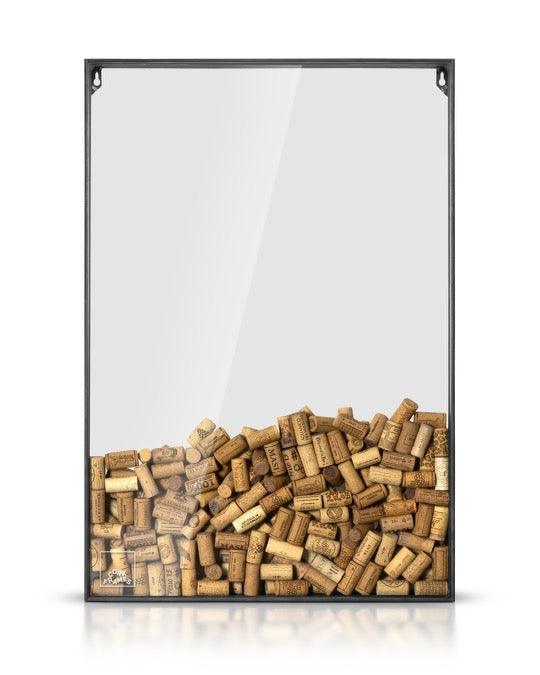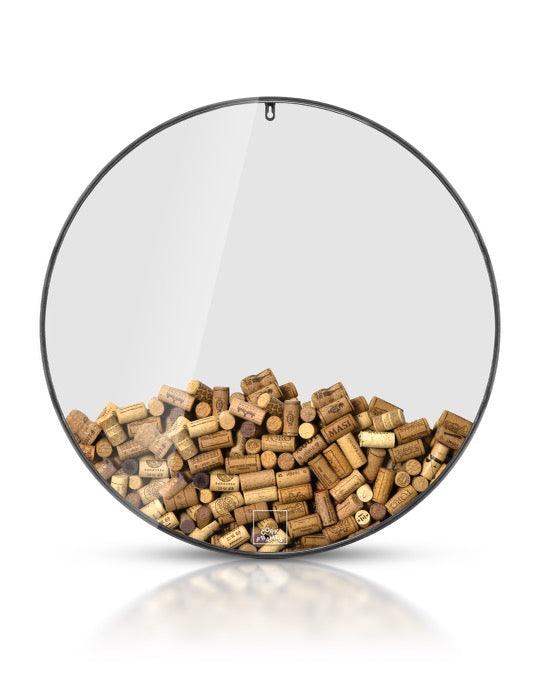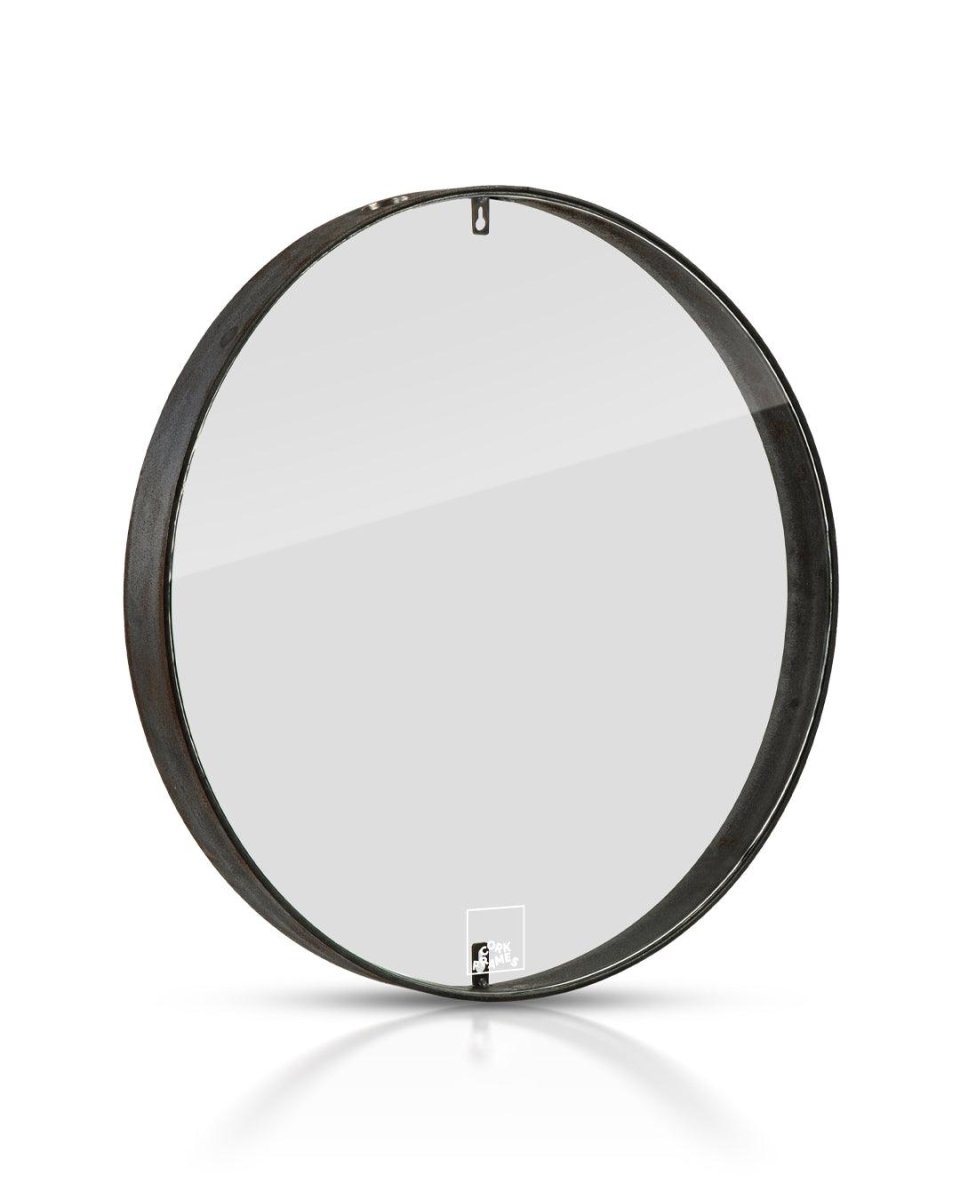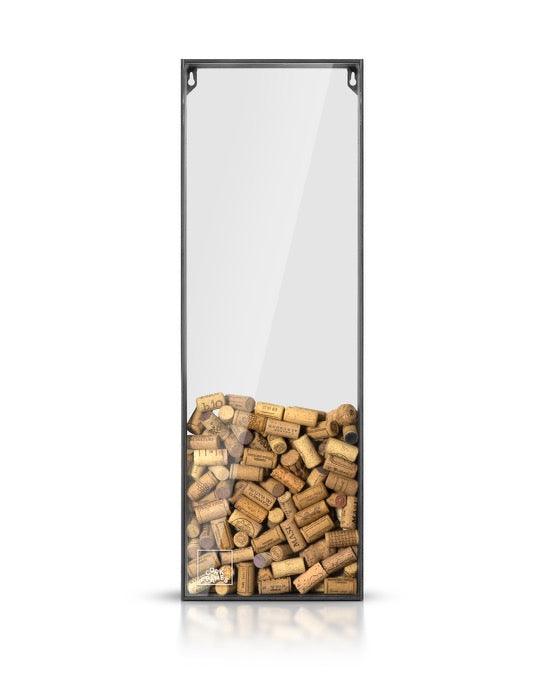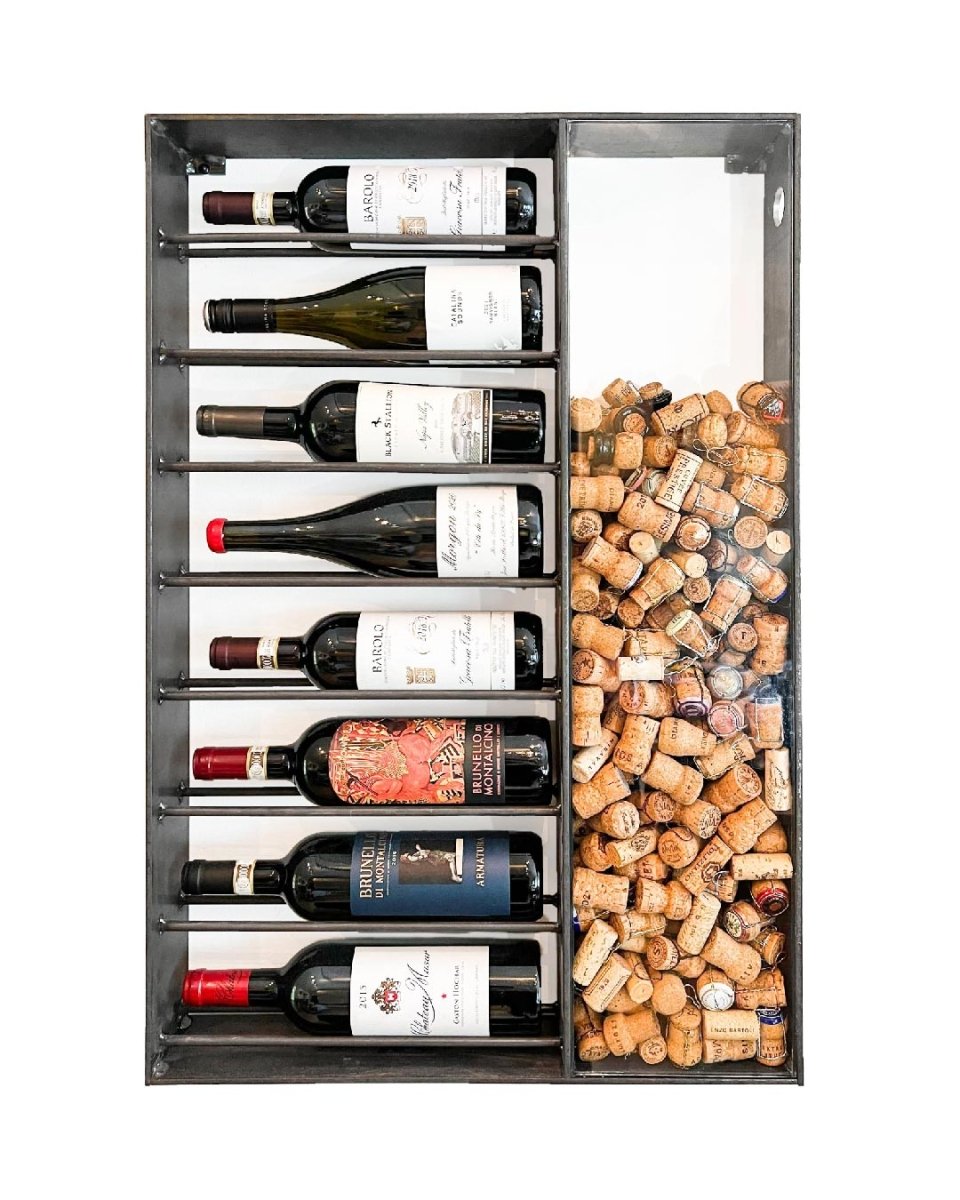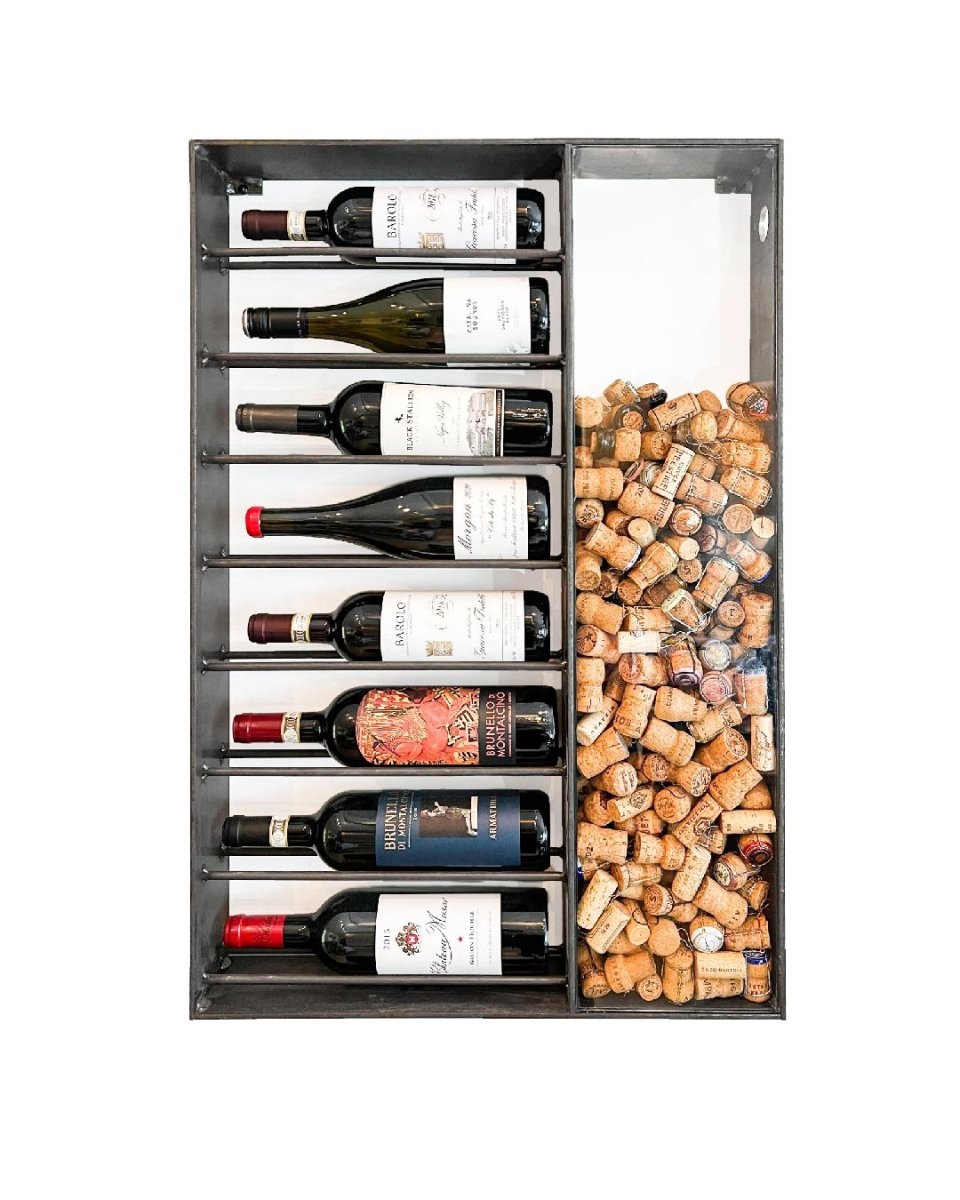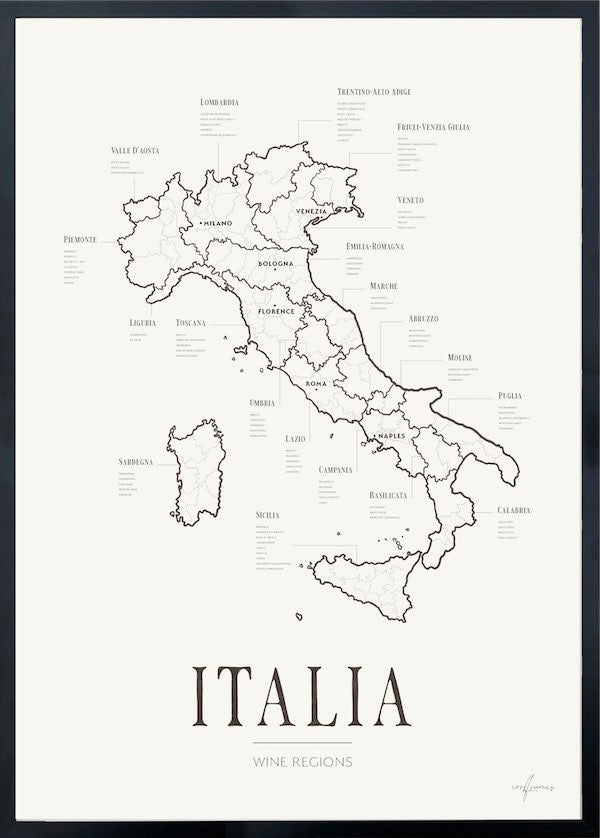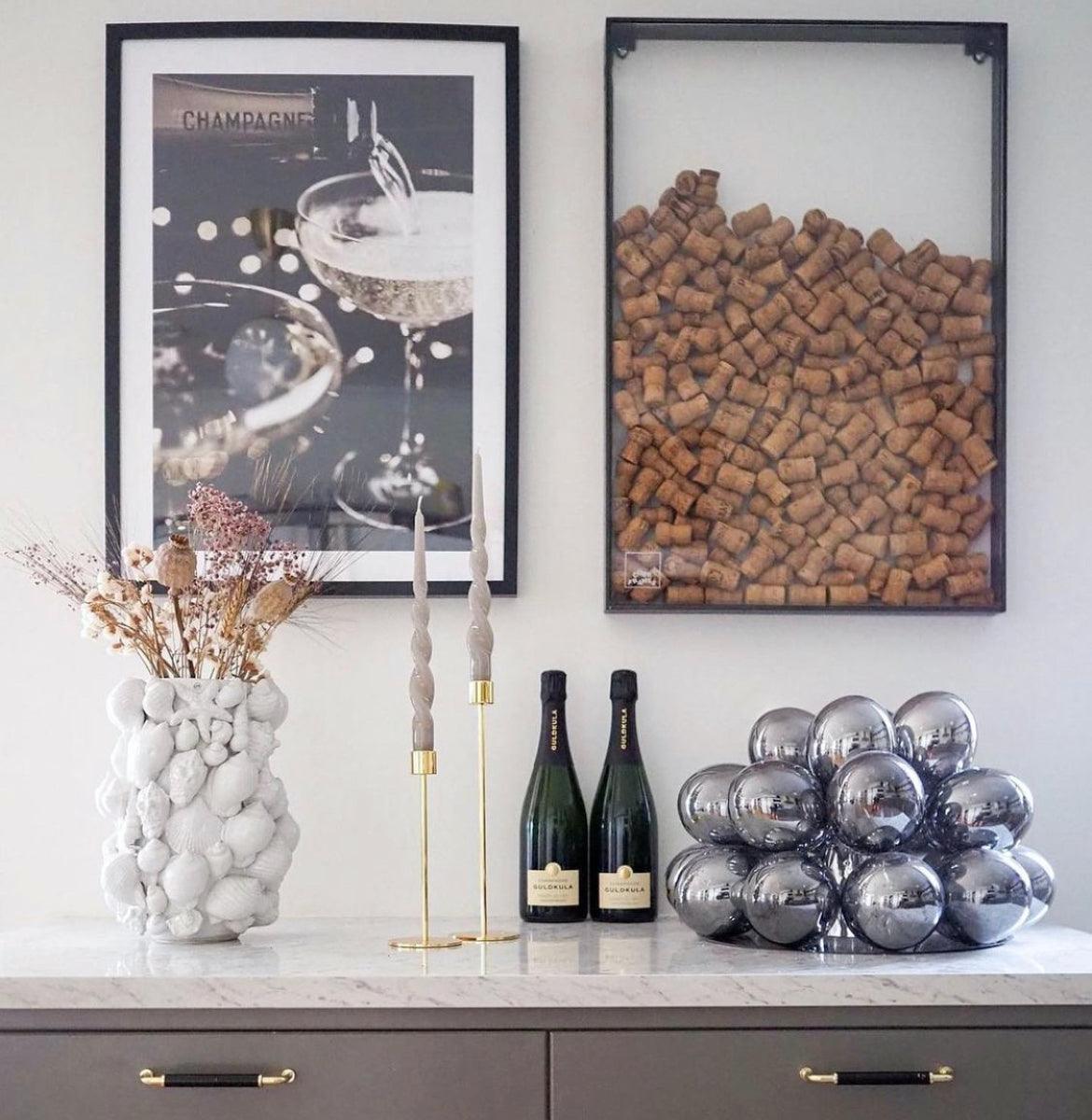Making wine at home can be an exciting and creative process, but there are some important differences compared to wine produced at a professional vineyard.
Here’s a basic step-by-step guide to get started with homemade wine, along with an explanation of the key distinctions between homemade and professionally produced wine.
Step 1: Preparation and Materials
You will need the following materials and ingredients:
Materials:
- A large fermentation tank (glass, plastic, or stainless steel)
- Fermentation lock
- Hydrometer (to measure sugar levels)
- Siphon (to transfer liquid without sediment)
- Glass bottles with corks
- A grape crusher or press
- Yeast nutrients and wine sulfites (available at specialty stores)
- Cleaning agents for the equipment
Ingredients:
- Grapes or grape juice
- Wine sugar (or regular sugar, depending on the recipe)
- Wine yeast
Step 2: Choose Grapes
The quality of the wine starts with the grapes. You can either use fresh grapes or buy grape juice specifically meant for winemaking. On vineyards, grapes are carefully selected, often from specific growing regions with unique terroirs that impart character to the wine. As a home winemaker, you can also choose your grape variety based on the type of wine you want to create, though access to the same level of quality and precision might be more limited.
Step 3: Crush the Grapes
If you're using fresh grapes, they must be crushed to release the juice. For red wine, you leave the skins in during fermentation, while for white wine, the skins are separated immediately. On vineyards, specialized equipment is used for this process, providing greater control over the final result. Home winemakers use simpler tools, which can affect the flavor.
Step 4: Fermentation
Transfer the grape juice to the fermentation tank and add the wine yeast. On vineyards, temperature is carefully monitored, and advanced technology is used to ensure even fermentation. Home winemakers may lack this precision, making it harder to control every step of the process. The type of yeast is also important, and on a vineyard, specific yeast strains are chosen to highlight certain flavors.
Attach the fermentation lock to the tank to allow carbon dioxide to escape while keeping oxygen out, which prevents the wine from spoiling. Let the mixture ferment at room temperature for 1–2 weeks.
Step 5: Measuring and Racking
Use a hydrometer to measure the sugar levels. When the sugar level reaches the right point, it’s time to rack the wine, which means transferring it to a new container to separate the liquid from the sediment. Professional vineyards often use advanced filtration and careful monitoring during this phase, while home winemakers work more manually.
Step 6: Aging and Maturation
After racking, let the wine mature for several months. Vineyards often age wine in oak barrels or specially designed tanks that impart deeper and more complex flavors. Home winemakers might use simpler storage methods, leading to a more rustic taste. The aging period varies, but whether at home or on a vineyard, patience is key to a good result.
Step 7: Bottling
Once the wine has reached the desired flavor and alcohol level, you can bottle it. Make sure the bottles and corks are sterilized to avoid contamination. As on a vineyard, cleanliness is crucial to preserving the wine's quality.
Step 8: Let the Wine Rest
Allow the bottles to rest and mature for at least 6 months to a year. On vineyards, this process is carefully monitored to ensure every bottle reaches its full potential, while homemade wine can be a more personal and experimental process, with results varying from batch to batch.
The Difference Between Homemade Wine and Vineyard-Produced Wine
One of the major differences between making wine at home and on a vineyard is the precision and control that a vineyard can offer. At a professional vineyard, every step is carefully controlled to ensure consistent quality and flavor. The origin of the grapes, advanced fermentation technology, oak barrel aging, and rigorous process monitoring are just some of the factors that contribute to the higher standard of vineyard-produced wine.
When making wine at home, you don’t have access to the same advanced equipment and technical capabilities, which can make it harder to achieve the same precision. However, what makes homemade wine unique is the personal touch and creativity. You have the freedom to experiment and create something entirely your own, and for many wine enthusiasts, the joy lies in the craft and the feeling of making something from scratch.
In summary, homemade wine is a delightful, personal experience where you can be creative and discover new flavors, even if it may not always reach the same refined level as a wine from a vineyard.




